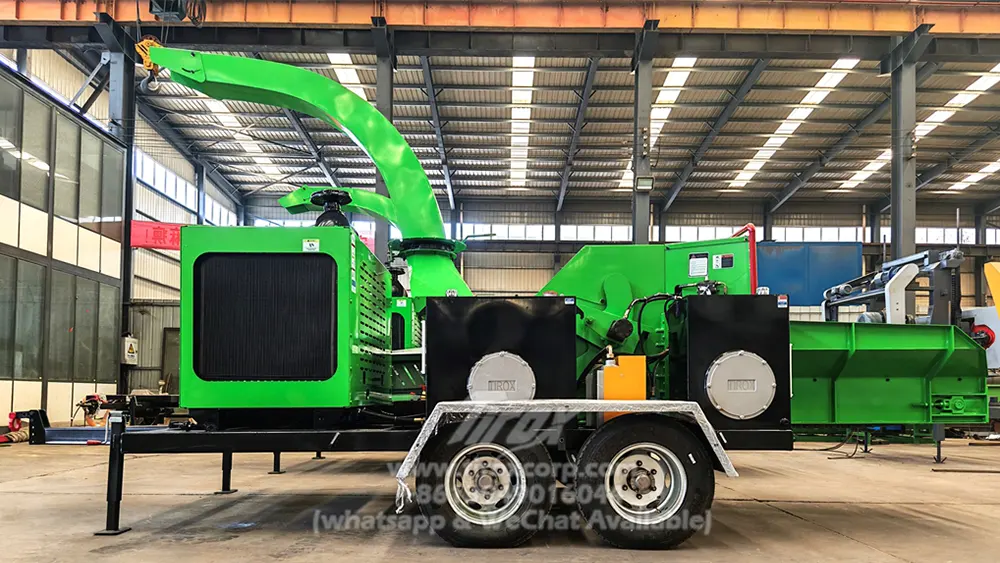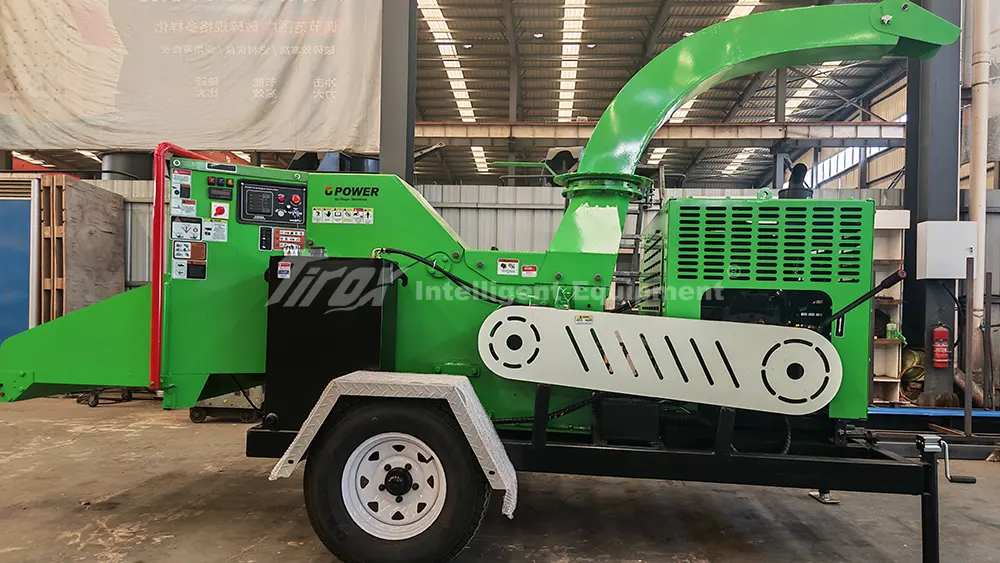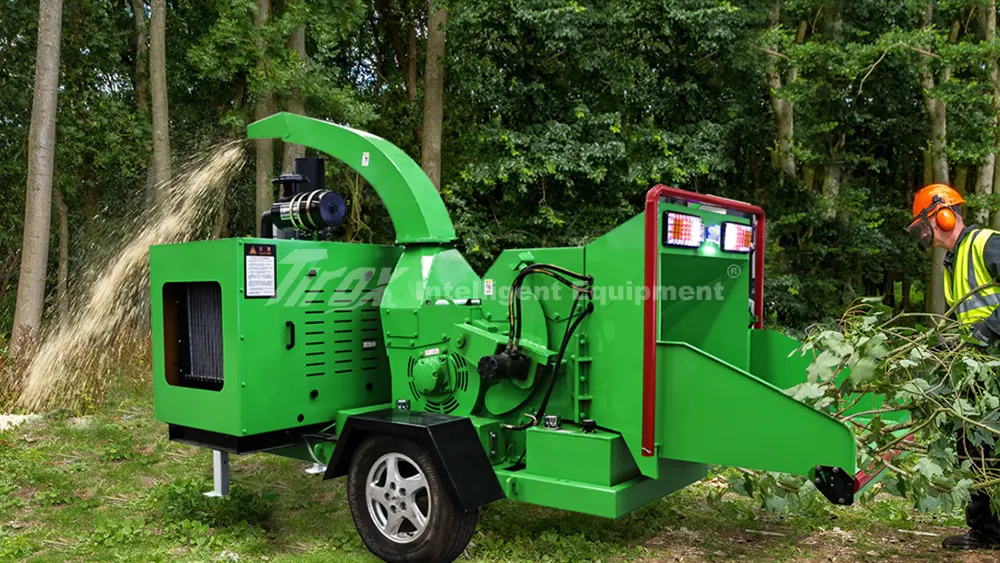When purchasing woodworking equipment, companies often face a critical decision: should they buy directly from the manufacturer or through a distributor? Both options have their advantages and challenges, not only concerning price but also factors such as equipment quality, after-sales service, and logistics.
Advantages and Challenges of Factory Direct Supply
Advantages
More Competitive Pricing: Purchasing directly from the manufacturer allows you to bypass intermediaries, resulting in lower prices. Especially for bulk orders, direct factory purchases can significantly reduce procurement costs.
Customized Services: Manufacturers can provide tailored solutions to meet your specific needs, ensuring that the equipment is perfectly suited to your production processes. This level of customization is particularly valuable for special requirements or large-scale production lines.
Faster Communication and Response: Direct contact with the manufacturer reduces the communication steps, improving efficiency. If issues arise during equipment operation, you can get quicker responses and technical support directly from the manufacturer.
Challenges
Language and Cultural Barriers: For international procurement, language and cultural differences can become communication obstacles. Especially when working with manufacturers from non-English-speaking countries, misunderstandings may occur, disrupting the smoothness of the purchasing process.
Logistics and After-Sales Service: International procurement often involves higher logistics costs and more complex after-sales service. Long-distance shipping can lead to longer delivery times, and addressing service issues may be more challenging, especially when repairs are needed.

Advantages and Challenges of Purchasing Through Distributors
Advantages
Reduced Risk: Purchasing through a distributor offers more guarantees. Distributors typically have a close relationship with manufacturers, ensuring stricter quality control, delivery management, and after-sales support. This significantly reduces the uncertainties and risks in the purchasing process.
Localized Support: Distributors often have local operations and service networks, providing timely after-sales support. Whether it’s equipment debugging, training, or repairs, you can rely on more efficient localized service.
Flexible Payment Terms: Distributors may offer more flexible payment terms compared to direct factory purchases. For example, they might allow installment payments or deferred payments, helping businesses better manage cash flow and reduce financial pressure.
Challenges
Higher Prices: Purchasing through a distributor is usually more expensive because they need to make a profit. The price difference can become significant, especially for large orders, potentially affecting the overall budget.
Information Asymmetry: Unlike direct factory supply, purchasing through a distributor means you may not have direct insight into the production process and detailed product information. Relying on the distributor’s provided documentation may lead to information asymmetry, making the decision-making process less transparent.
How to Choose Between the Two Options?
Determine Your Procurement Needs
The first step in deciding whether to go for factory direct supply or purchase through a distributor is to clarify your specific needs. For large-scale equipment procurement or customized equipment, factory direct supply is often the better choice. Direct purchasing can better meet these specialized needs and offer more competitive pricing.
Consider After-Sales Service and Logistics
If your business places high value on after-sales service and logistical support, especially for international purchases, going through a distributor may be more suitable. Distributors typically offer more comprehensive local support, providing faster responses for equipment setup, maintenance, and repairs.
Budget and Financial Planning
Budget is another crucial factor in choosing a procurement channel. If you aim to reduce procurement costs in the short term, purchasing directly from the factory is undoubtedly the more cost-effective option. However, if you’re looking for flexibility in payment terms, distributors may offer installment or deferred payment plans that ease financial pressure.

Conclusion: How to Save Money and Stress-Free When Purchasing Woodworking Equipment
When buying woodworking equipment, the choice between factory direct supply and purchasing through a distributor depends on your actual needs and priorities. If you focus on price, customization, and communication efficiency, factory direct supply may be the better option. However, if after-sales service, logistical support, and payment flexibility are more important to you, purchasing through a distributor might be the right choice.
No matter which procurement method you choose, ensuring equipment quality and reliable after-sales service remains the most critical factor. We hope this analysis helps you make an informed purchasing decision, ensuring your equipment procurement is both cost-effective and hassle-free.






